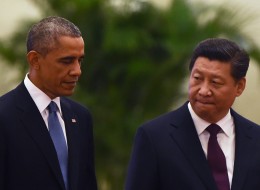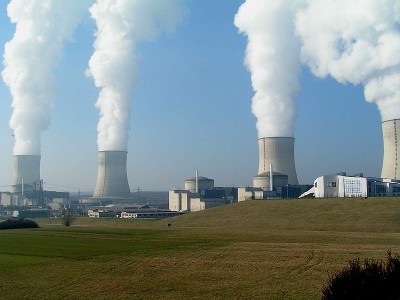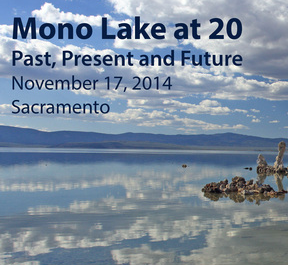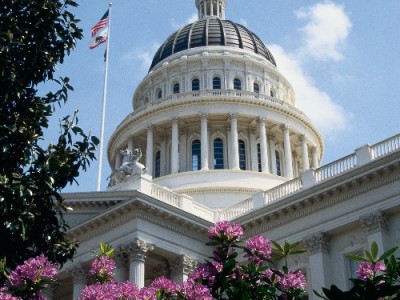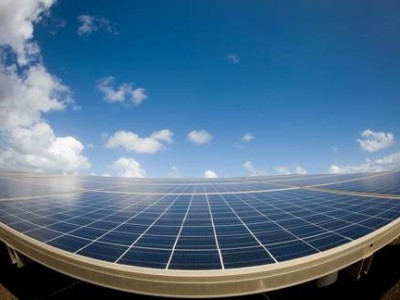Climate Change
Some Unsolicited Advice for Tom Steyer
There were a number of efforts by wealthy individuals and/or Super PACs to affect the midterm election results. Most relevant to this blog, Tom Steyer used tens of millions of his own funds to support candidates that he felt would be more supportive of efforts to address climate change. After the election, the media portrayed …
Continue reading “Some Unsolicited Advice for Tom Steyer”
CONTINUE READINGA Ray of Hope [Breaking News]
President Obama and Chinese President Xi Jinping announced a major deal on climate change this morning. As summarized by the Washington Post, China, the world’s biggest emitter of greenhouse gases, pledged in the far-reaching agreement to cap its rapidly growing carbon emissions by 2030, or earlier if possible. It also set a daunting goal of …
Continue reading “A Ray of Hope [Breaking News]”
CONTINUE READINGUsing Textualism Against Itself
Industry has come up with a Scalia-like argument to fight the proposed climate regulations for existing power plants. The problem arises because Congress passed two different versions of section 111(d) without realizing it. The Senate version clearly gives EPA the authority to regulate CO2 under this provision. But opponents of regulation argue that the House version …
Continue reading “Using Textualism Against Itself”
CONTINUE READINGThe Future of Conservation
Earlier this year I wrote critically about a New York Times op-ed that proposed making the restrictions on development in wilderness areas more flexible in order to allow for adaptation to climate change. This week the Times published what I think is a much more helpful op-ed on the topic of how we should address …
Continue reading “The Future of Conservation”
CONTINUE READINGMono Lake at 20: Past, Present and Future
Symposium in Sacramento, November 17
Please join us as the UC Berkeley School of Law, with stakeholders in the Mono Lake Cases, convenes a symposium in Sacramento on November 17, 2014, to mark the 20th anniversary of the State Water Resources Control Board’s Decision 1631. Panel presentations feature an cast of thought leaders, including: Marty Adams (Los Angeles Department of Water …
Continue reading “Mono Lake at 20: Past, Present and Future”
CONTINUE READINGAfter November, the Deluge?
What will the Republicans do if they take control of the Senate? Will this be Armageddon for Obama’s environmental policies, as both Democrats and Republicans insist? The truth is likely to be less dramatic, though still bad from an environmental perspective. Greenwire had a very interesting piece about that on Friday. Both Republican and Democratic …
Continue reading “After November, the Deluge?”
CONTINUE READINGPolitical systems and environmental law
The other day I posted about Australia’s repeal of its carbon tax. Australia is not the only country that is going through some retrenchment in environmental law. In Canada, the government made some substantial alterations to the requirements for environmental review for government projects (reducing the scope of the requirement and limiting it to certain …
Continue reading “Political systems and environmental law”
CONTINUE READINGAustralia’s repeal of its carbon tax
A lot of (bad) environmental law news has been coming out of Australia recently. The new Liberal government has attempted to dump dredging spoils on the Great Barrier Reef and open up protected Tasmanian forests to logging. But most importantly, the government has repealed the carbon tax enacted by the prior Labor government. The Australian …
Continue reading “Australia’s repeal of its carbon tax”
CONTINUE READINGSolar Plus Storage May Be a Good Deal for Some
One company says that photovoltaics with battery storage are cost-competitive for some businesses now.
A battery company called Coda Energy says that a combination of solar photovoltaics and onsite storage can be cost-competitive with utility electric service for some larger customers. That is according to an online article on greentechgrid. Solar is still a more expensive option for power production than fuels such as natural gas, and various energy …
Continue reading “Solar Plus Storage May Be a Good Deal for Some”
CONTINUE READINGHuman Fingerprints on Australia’s Record Heatwave
Australia — or at least Australia’s current government — downplays the danger of climate change. But, as a famous physicist once said, “reality must take precedence over public relations, for nature cannot be fooled.” Last summer in Australia (corresponding to the winter months up here) broke many, many records. it was the hottest summer on record, …
Continue reading “Human Fingerprints on Australia’s Record Heatwave”
CONTINUE READING



